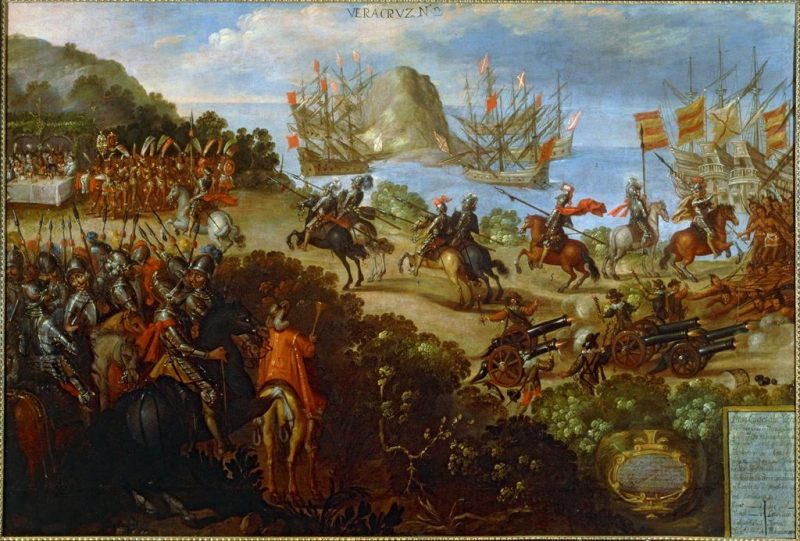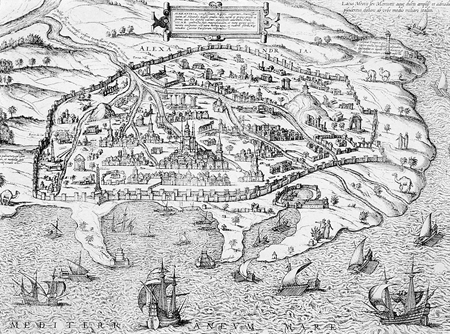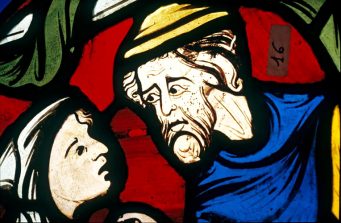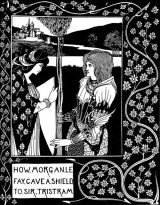Artstor is introducing curriculum guides–collections of images from the Artstor Digital Library based on syllabi for college courses–compiled by faculty members and experts around the country. Learn more here.

Unknown Spanish artist, Conquest of Mexico; The arrival of Cortes in Veracruz and the reception of Moctezuma’s ambassadors, 16th century. Image and original data provided by Erich Lessing Culture and Fine Arts Archives/ART RESOURCE, N.Y.; artres.com
Colonial Latin America curriculum guide
Rachel Moore, Associate Professor, History, Clemson University
This curriculum guide explores a wide range of perspectives on the colonial period in Latin America. This includes encounters of the Spanish and the Portuguese (as well as the Dutch) with indigenous populations in Mexico and South America. By analyzing these images alongside readings, the student will gain a fuller sense of the mindset of the participants in each historical event and, ultimately, a fuller sense of the historical event itself.
Section 1: The Age of Encounters: Impressions of the New World
Images for this selection address European impressions of the New World in the earliest years of the Spanish encounters with Latin America. Most of these images were produced by those who had no direct contact with Latin America and thus are both fantastical and reflective of pre-contact mindsets in Europe.
View the image group
Section 2: Iberian Precedents: The Legacy of Convivencia in Spain and Portugal
Images for this selection examine in detail the precedents for the conquest of the New World set by the Muslim occupation of the Spanish peninsula from 711-1492 and the subsequent Spanish reconquest of the peninsula. These images include reference to popular figures, such as Santiago Matamoros, and building styles that would appear in Spain and Latin America as a result of the convivencia.
View the image group














